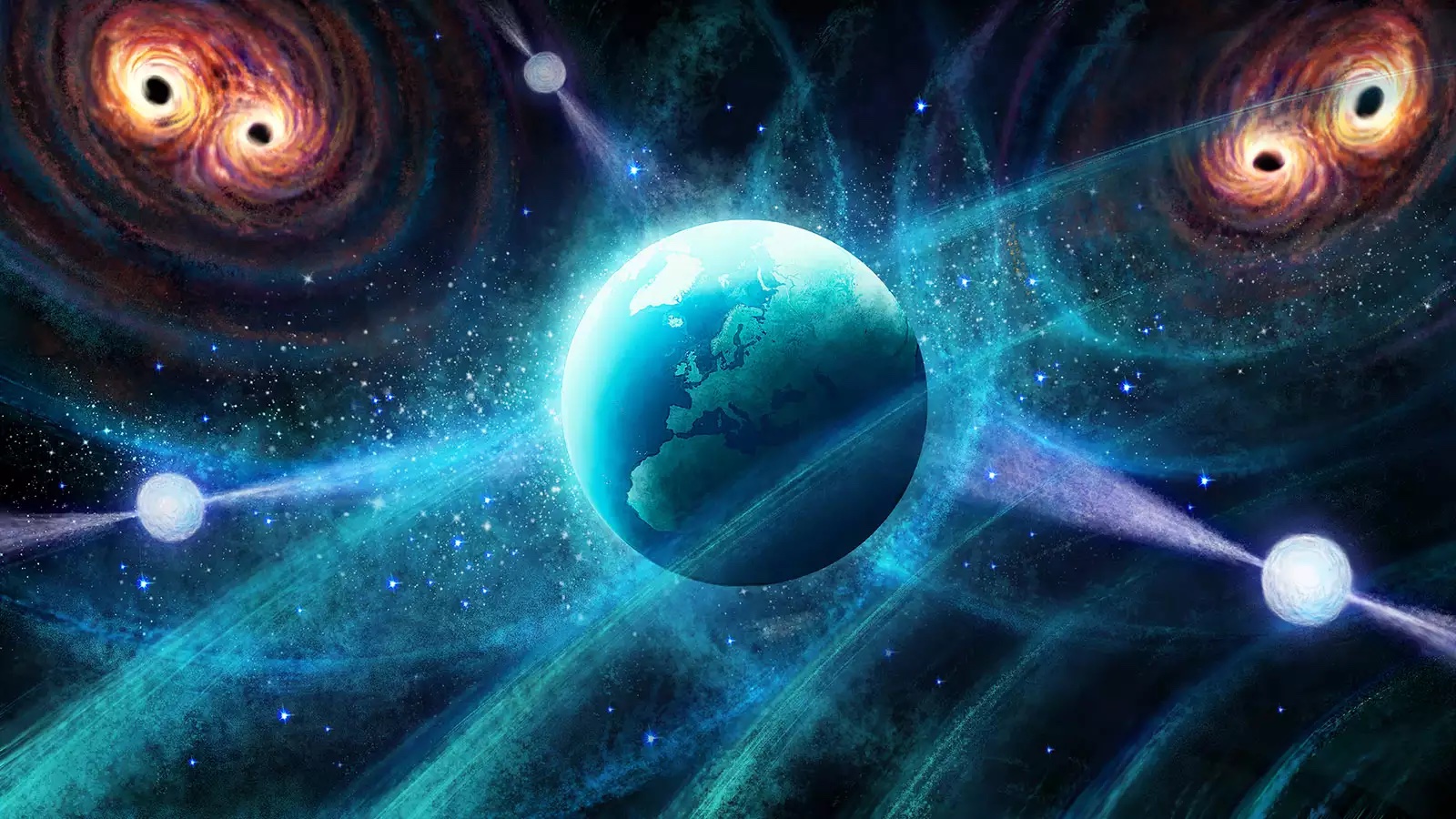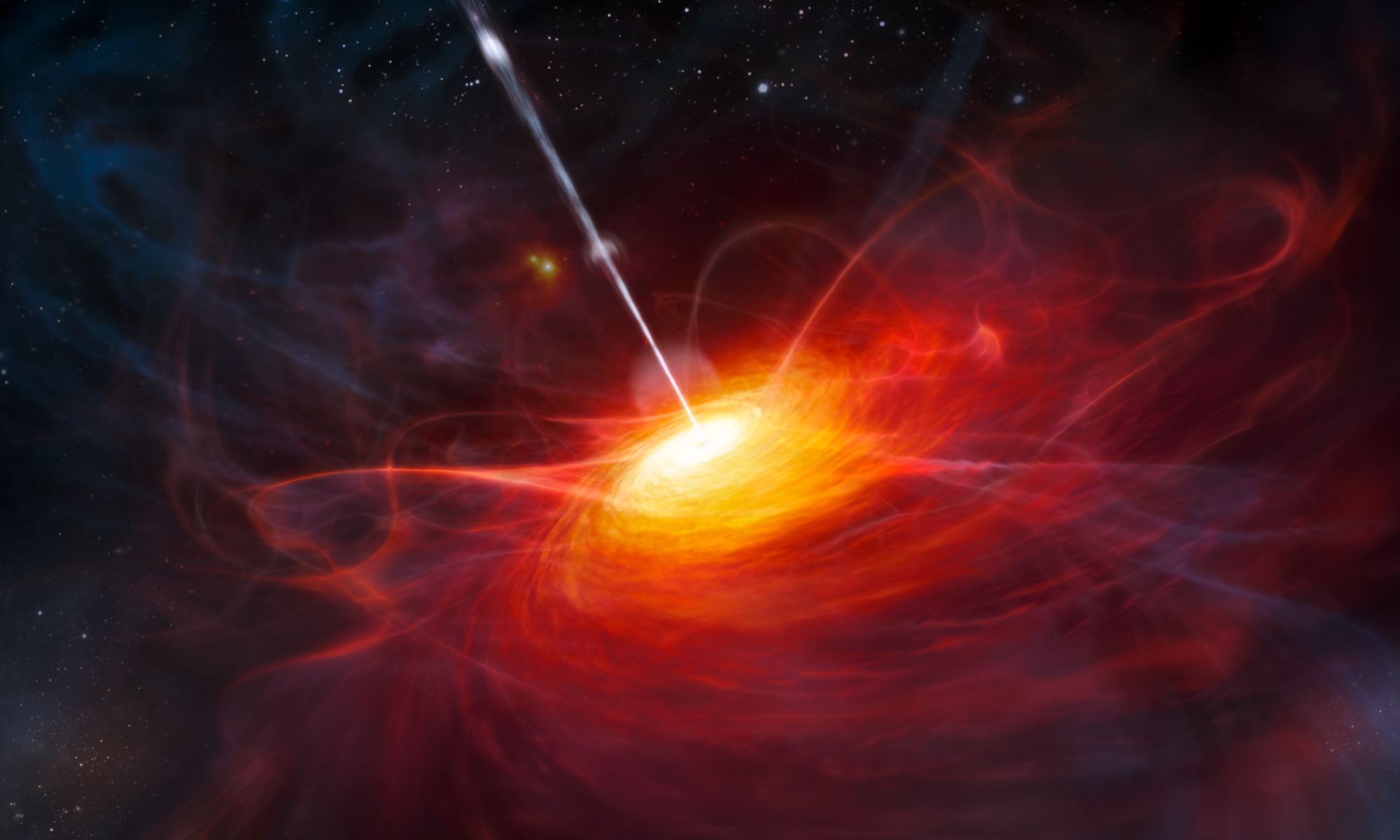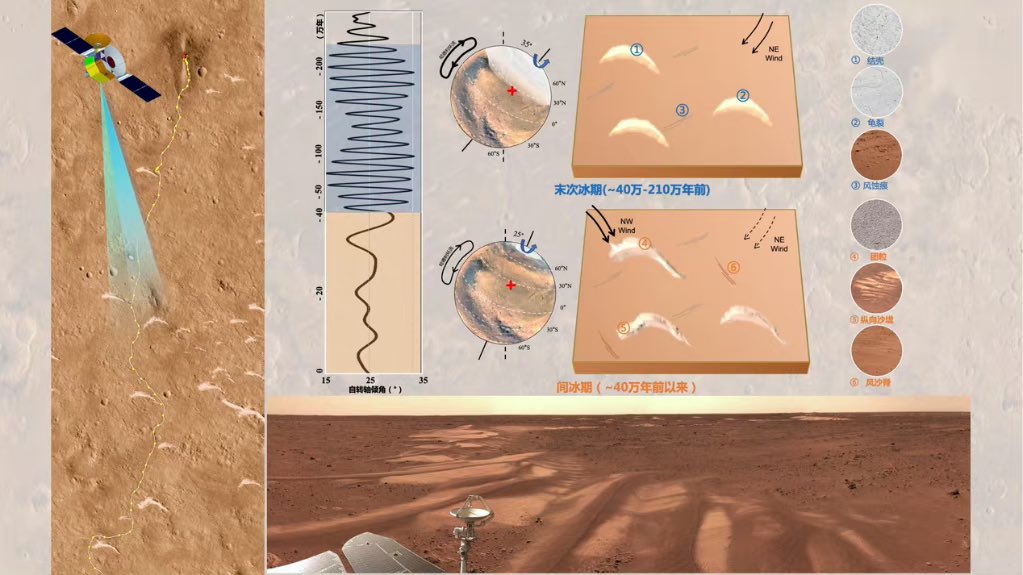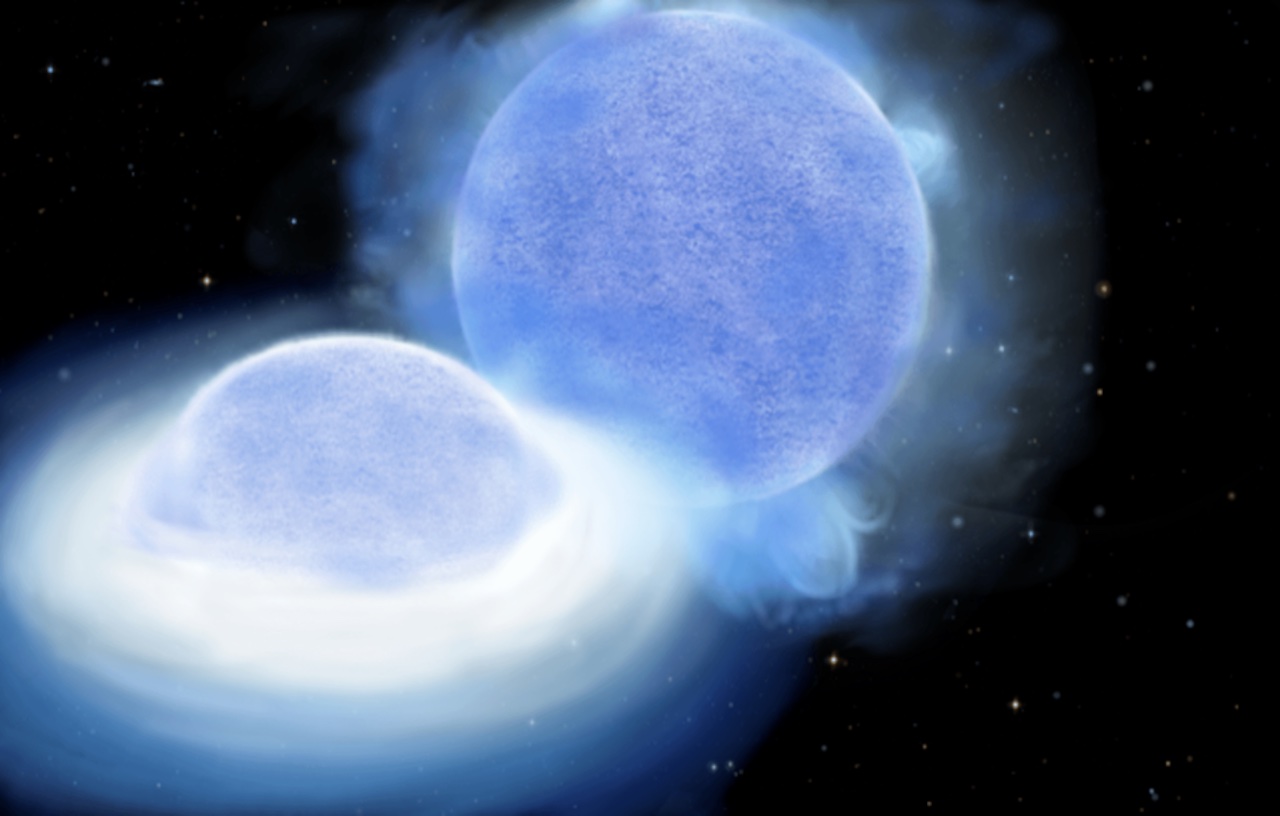In our search for life on other worlds, the one we’ve most explored is Mars. But while Mars has the makings for possible life, it isn’t the best candidate in our solar system. Much better are the icy moons of Jupiter and Saturn, which we know have liquid water. And of those, perhaps the best candidate is Saturn’s moon Enceladus.
Continue reading “We've Got to Go Back to Enceladus. Here's a Mission That Could Get the Science”Celebrate a Year of JWST With This Ludicrous Image of Rho Ophiuchi

Astronomy is driven by data. We take spectra of distant galaxies, plot the temperatures and brightness of main sequence stars, and graph the gravitational chirps of merging black holes. All of this data allows us to understand the universe around us. We don’t need images to do that, just data. But we still capture images even when we already have the data. We value them for their wondrous beauty, and for the stories they tell. This is why to celebrate a year of gathering data the James Webb Space Telescope (JWST) released a stunningly beautiful image that also tells a wondrous tale.
Continue reading “Celebrate a Year of JWST With This Ludicrous Image of Rho Ophiuchi”Titanium Clouds Make This Exoplanet Shine Like a Mirror

Astronomers have found a very unusual exoplanet. It’s a Neptune-sized world that orbits its star every 19 hours, and it’s the brightest exoplanet ever discovered. They are still learning about this world, which is a challenge because at first glance the planet shouldn’t exist.
Continue reading “Titanium Clouds Make This Exoplanet Shine Like a Mirror”Wind Direction on Mars Changed Abruptly About 400,000 Years Ago
Human-driven climate change is a serious threat to humanity. While climatologists continue to improve our understanding of its impact and consequences, they also look at nature-driven climate change going back millions of years. Whereas for human climate change, we only have a case study of one planet, for natural climate change we have a case study of two planets. Like Earth, Mars has undergone significant climate change in the past. We know, for example, that young Mars was both warm and wet. Its climate changed over a billion years to become the cold and dry world we know today. Even more recently, there have been shifts in the Martian weather, as noted in a recent study in Nature.
Continue reading “Wind Direction on Mars Changed Abruptly About 400,000 Years Ago”A Neutron Star is Unwinding a Companion Star
Close binary stars play several important roles in astronomy. For example, Type Ia supernovae, used to measure galactic distances, occur when a neutron star in a binary system reaches critical mass. These stars are also the source of x-ray binaries and microquasars, which help astronomers understand supermassive black holes and active galactic nuclei. But the evolutionary process of close binaries is still not entirely understood. That’s changing thanks in part to a new discovery of a close binary in its intermediate stage.
Continue reading “A Neutron Star is Unwinding a Companion Star”A Planet has Whipped Up Spiral Arms Around a Young Star
When you hear the phrase “spiral arms” you probably think of galaxies. Lots of galaxies have bright arcs of stars that spiral away from their center, including our Milky Way. But not all galaxies have spiral arms, and galaxies aren’t the only celestial objects with spiral arms. About a third of protoplanetary disks around young stars have spiral arms, and we now think we know why.
Continue reading “A Planet has Whipped Up Spiral Arms Around a Young Star”Supernovae are the Source of Dust in Early Galaxies

Every now and then there’s an interesting discovery that helps us fill in a gap in our understanding of the universe. In the case of this latest discovery, we now have confirmation of a process we’ve long assumed, but have had little direct evidence for. It all has to do with cosmic dust.
Continue reading “Supernovae are the Source of Dust in Early Galaxies”Astronomers Map out the Radio Waves Coming From Large Satellite Constellations
Satellite internet constellations such as Starlink have the potential to make connect nearly the entire world. Starlink already provides internet access to remote areas long excluded by the internet revolution, and other projects such as OneWeb and Project Kuiper are in the works. But there are side effects to creating a massive array of low-orbit satellites, and one of them is the potentially serious effect on astronomy.
Continue reading “Astronomers Map out the Radio Waves Coming From Large Satellite Constellations”Did the Pulsar Timing Array Actually Detect Colliding Primordial Black Holes?

The universe is filled with gravitational waves. We know this thanks to the North American Nanohertz Observatory for Gravitational Waves (NANOGrav), which recently announced the first observations of long wavelength gravitational waves rippling through the Milky Way. The waves are likely caused by the mergers of supermassive black holes, but can we prove it?
Continue reading “Did the Pulsar Timing Array Actually Detect Colliding Primordial Black Holes?”The Early Universe Ran in Slow Motion

Time is relative, as they say, particularly for mid-day meals. As special relativity shows, the measure of any two clocks depends on their motion relative to each other. The greater their relative speed, the slower each clock is relative to each other. So, since we see distant galaxies speeding away from us, we should also see time move more slowly. Right?
Continue reading “The Early Universe Ran in Slow Motion”




